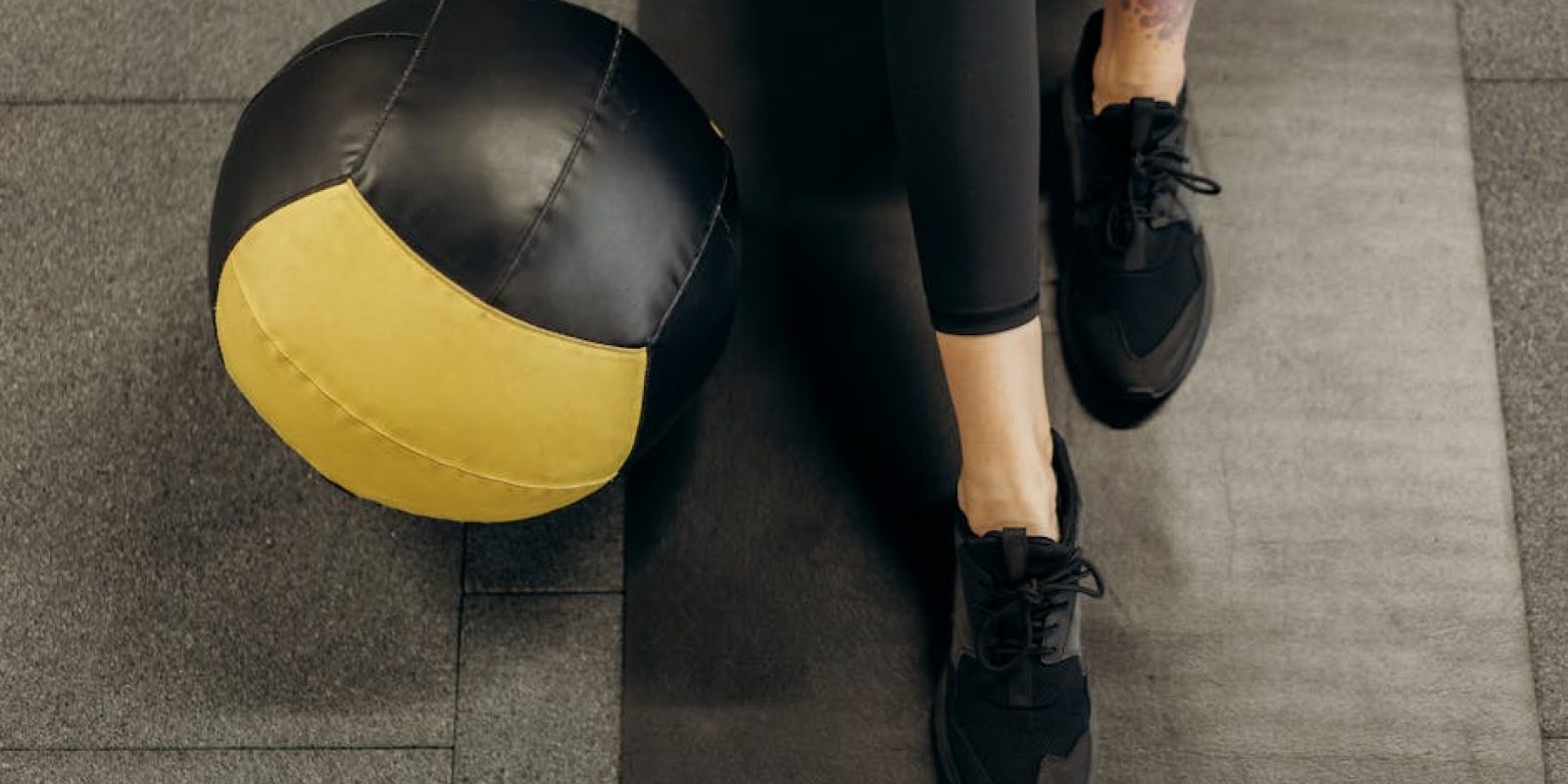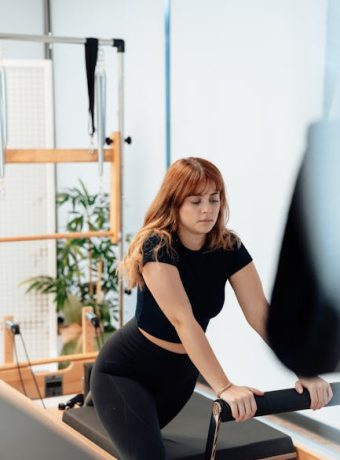Women Fitness: How to Use a Foam Roller
Foam rolling has become an essential part of the fitness routine for many women, offering a simple yet effective way to enhance workouts and improve overall well-being. Whether you are a seasoned athlete or a fitness newbie, incorporating a foam roller into your routine can help reduce muscle tension, improve flexibility, and prevent injury. In this comprehensive guide, we’ll explore the benefits of foam rolling, how to use a foam roller effectively, and provide actionable tips to make the most out of your foam rolling sessions.
Understanding Foam Rolling: What is it and Why is it Important?
Foam rolling, also known as self-myofascial release, involves using a foam roller to apply pressure to specific areas of the body. This technique helps to release muscle tightness, improve blood circulation, and enhance range of motion. According to a study published in the Journal of Athletic Training, foam rolling can increase joint range of motion without negatively impacting muscle performance, making it a valuable tool for both pre- and post-exercise routines.
The Benefits of Foam Rolling for Women
Foam rolling offers numerous benefits for women, including:
- Improved Flexibility: Regular foam rolling helps loosen tight muscles, increasing flexibility and reducing the risk of injury.
- Enhanced Recovery: By improving blood flow to the muscles, foam rolling aids in quicker recovery after workouts.
- Reduced Muscle Soreness: A study in the International Journal of Sports Physical Therapy found that foam rolling can help decrease post-exercise muscle soreness.
- Stress Relief: The process of foam rolling can be meditative and help relieve stress, promoting overall mental well-being.
Choosing the Right Foam Roller
Before diving into foam rolling exercises, it’s crucial to select the right foam roller for your needs. Foam rollers come in various densities, sizes, and textures:
Density
Soft: Ideal for beginners or those with sensitive muscles, soft foam rollers offer gentle pressure.
Medium: Suitable for most users, medium-density rollers provide a balance between comfort and effectiveness.
Firm: Best for experienced users, firm rollers deliver deeper pressure, making them ideal for targeting stubborn knots.
Size and Texture
Size: Full-length rollers (36 inches) are versatile for whole-body exercises, while shorter rollers are convenient for targeting specific areas.
Texture: Smooth rollers offer even pressure, while textured rollers with ridges or grids provide deeper tissue massage.
How to Use a Foam Roller: Step-by-Step Guide
Using a foam roller effectively involves proper technique and understanding which areas to target. Follow these steps to maximize the benefits:
Warm-Up
Before Foam Rolling: Begin with a light warm-up, such as a brisk walk or gentle stretches, to prepare your muscles.
Target Specific Muscles
Identify the areas of your body that need attention. Common areas include:
- Calves: Sit on the floor with the roller under your calves. Use your arms to lift your hips and roll from the ankle to the knee.
- Hamstrings: Place the roller under your thighs and roll from the back of your knee to your glutes.
- Quadriceps: Lie face down with the roller under your thighs. Roll from your hip to your knee, focusing on tight spots.
- Back: Position the roller under your upper back, cross your arms over your chest, and roll from your shoulders to the middle of your back.
Technique Tips
Apply Pressure Gradually: Start with light pressure and increase gradually as your muscles relax.
Breathe Deeply: Maintain steady breathing to help your body relax and reduce discomfort.
Focus on Tender Spots: Spend extra time on areas that feel tense or painful, but avoid rolling directly over bones or joints.
Common Mistakes to Avoid
While foam rolling is beneficial, improper technique can lead to discomfort or injury. Avoid these common mistakes:
- Rolling Too Fast: Slow, controlled movements are more effective in releasing muscle tension.
- Using Incorrect Pressure: Applying too much pressure can cause bruising or pain; listen to your body and adjust as needed.
- Ignoring Posture: Maintain proper posture to prevent strain on your neck and back during rolling.
Incorporating Foam Rolling into Your Fitness Routine
For optimal results, integrate foam rolling into your fitness routine:
Pre-Workout
Use foam rolling as part of your warm-up to prepare muscles for exercise and improve performance.
Post-Workout
Incorporate foam rolling in your cool-down routine to aid recovery and reduce muscle soreness.
Regular Maintenance
Set aside time each week for foam rolling sessions to maintain muscle flexibility and prevent tightness.
Conclusion: Elevate Your Fitness Journey with Foam Rolling
Foam rolling is a powerful, accessible tool that can significantly enhance your fitness journey. By understanding the benefits, choosing the right roller, and mastering proper techniques, you can improve your flexibility, reduce muscle tension, and promote overall wellness. Whether you’re warming up for a run or winding down after a workout, a foam roller can be your best ally. Start incorporating these tips into your fitness routine today and experience the transformative impact of foam rolling for yourself.



